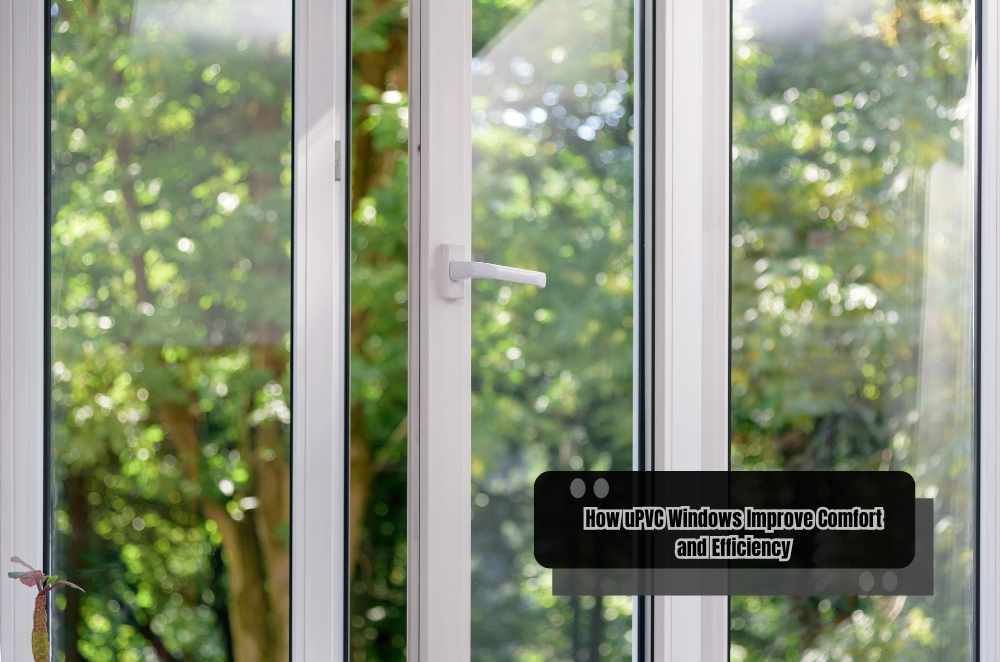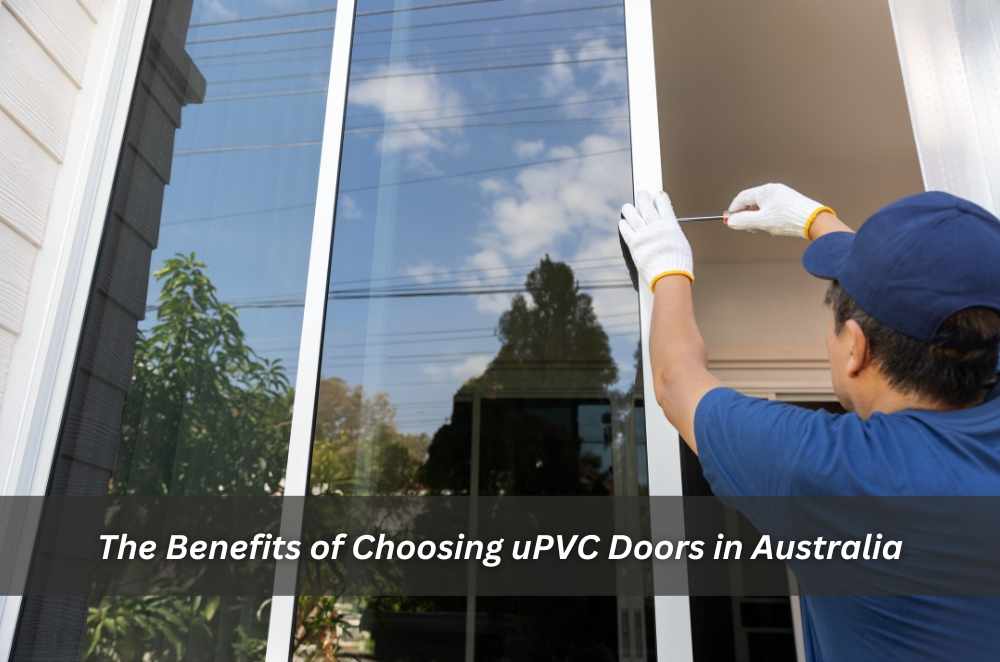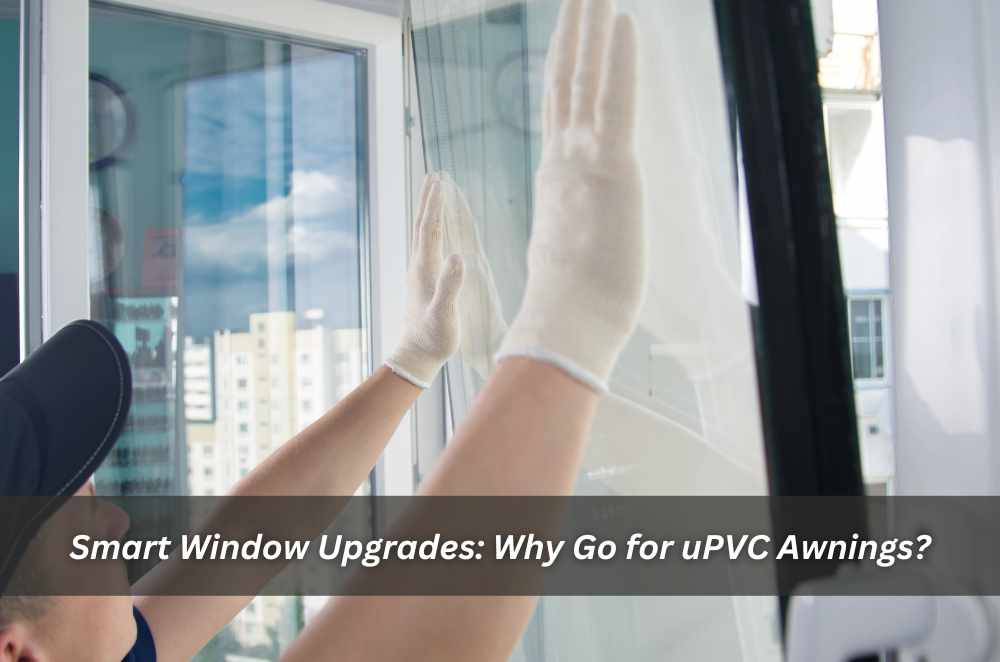
When I first renovated my weatherboard home in Melbourne’s inner north, I wasn’t exactly thinking about window frames. I cared more about open-plan spaces and splashback tiles. But after battling through one winter with draughty timber frames and noisy trams screeching past, I knew I needed something better. That’s when I stumbled on uPVC windows and doors, and honestly, I haven’t looked back.
What started as a fix for insulation ended up transforming how my home felt. Quieter. More consistent temperature. Fewer power bills. So if you're on the fence about uPVC, let’s dig into why this material is quietly revolutionising Australian homes.
What exactly are uPVC windows?
uPVC stands for unplasticised polyvinyl chloride. Unlike traditional PVC, it doesn’t contain softeners that can make the plastic flexible. That rigidity is what gives uPVC its strength — and makes it perfect for window frames.
Here’s what you get with uPVC:
High durability: Won’t rot, rust, or warp over time
Low maintenance: Just a wipe-down — no painting needed
Thermal insulation: Keeps heat in during winter, out during summer
Noise reduction: Seals are tight, reducing outside sound
And it’s not just hype. With rising interest in energy efficiency, uPVC windows in Aussie homes, retrofits, and even heritage properties, thanks to slimline frame options that maintain aesthetic charm.
Energy efficiency isn’t just a buzzword
One of the biggest perks of uPVC is how it improves a home’s energy profile. In Australia, around 40% of household energy goes toward heating and cooling. That’s huge. But poorly insulated windows are often the main culprits.
Modern uPVC frames are often paired with double glazing, which acts as a thermal buffer. But even with single-glazing, uPVC outperforms aluminium in thermal resistance. According to government guidelines on Nationwide House Energy Rating Scheme (NatHERS) compliance and energy ratings, frame material plays a crucial role in your home’s energy star score, affecting both comfort and compliance with BASIX and NatHERS in some states.
In my case? I saw a noticeable drop in energy bills after switching over. But more than that, my lounge stayed warm in July without cranking the split system all day.
If you live near a busy road, train line, or flight path, you’ll appreciate this: uPVC is fantastic at blocking noise. I remember standing in the room post-installation and being stunned by the silence.
Here’s what stood out:
Acoustic insulation: Cuts out traffic, aircraft, and even noisy neighbours
Enhanced security: Many models come with multi-point locking systems
Bushfire safety: Some uPVC products are BAL-rated, meaning they’re suitable for high-risk bushfire zones
Unlike metal frames, uPVC doesn’t conduct heat or attract condensation, which means less internal moisture and better air quality year-round.
Choosing the right window configuration

There’s more to uPVC than the frame material. You’ve got to consider the style and how it functions in your space. Here are some popular options:
Casement windows: Hinged on the side, they open outward — great for capturing breezes
Awning windows: Top-hinged, ideal for ventilation even in rain
Sliding windows: Space-saving and perfect for tighter spots
Tilt and turn windows: European-style design offering multiple opening modes
I chose awning windows for the bathroom — they let steam out without letting rain in — and casement styles for my living room, which brought in airflow while muting the city noise.
What about the environmental impact?
You might be wondering — is uPVC actually eco-friendly? It’s a fair question, especially as sustainability becomes a top priority for homeowners. While uPVC is indeed a synthetic material, it’s built to last for decades — often 30 years or more — without rotting, corroding, or requiring chemical treatments. At the end of its life, it can be fully recycled and repurposed. When compared with timber, which demands regular maintenance and often uses preservatives, or aluminium, which carries a heavy carbon footprint due to its manufacturing process, uPVC stands out as a low-impact alternative. Plus, its thermal efficiency helps cut carbon emissions daily by reducing heating and cooling loads.
The long-term value of switching
There’s a reason more homeowners are considering upgrades like this. According to this blog on the benefits of uPVC windows, families are increasingly drawn to durability, thermal efficiency, and sound insulation, not just looks.
In my own experience, the comfort levels have drastically improved. My house holds temperature better. It’s quieter. And there's real peace of mind knowing my windows won’t swell in summer or jam in winter.
If I were to build from scratch tomorrow? I'd spec uPVC from the outset.
Is it worth the cost?
uPVC windows can cost a little more upfront than basic aluminium, but here’s the kicker: they often pay for themselves over time.
Lower maintenance means fewer tradie callouts. Better insulation means smaller energy bills. Longer lifespan means fewer replacements.
Before my reno, I was throwing money at window seals and repainting flaky frames. Now? It’s pretty much set-and-forget.
Final thoughts: Small change, big impact
uPVC windows might not be the showiest upgrade you make, but they’re one of the most impactful. From better insulation and noise reduction to reduced bills and maintenance, they deliver quiet, consistent value that lasts for years.
Whether you're renovating an old Queenslander or designing a new home from scratch, it’s worth talking to an expert about the benefits of modern uPVC systems. The right choice can completely shift how your home feels — from patchy and unpredictable to calm, consistent, and quietly efficient.




Write a comment ...